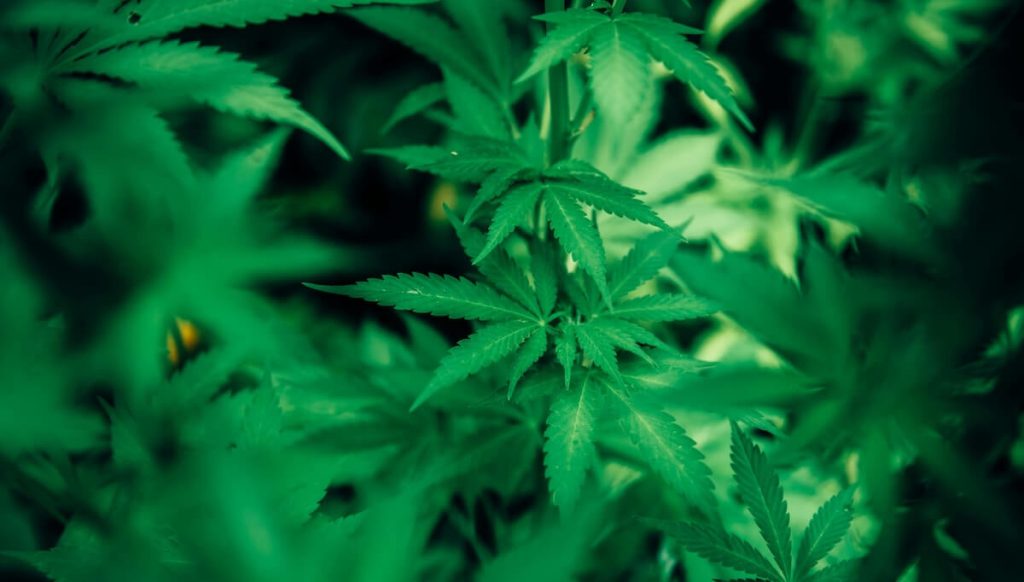
Long before modern medicine arrived in Southeast Asia, Thai traditional healers known as “mor yaa” (หมอยา) developed sophisticated methods of using ganja in their healing practices. These ancient medical traditions, passed down through generations, represented not just practical medicine but a deep understanding of the relationship between plants, healing, and human wellness.
The Discovery of Ganja’s Healing Properties
Thai traditional medicine texts trace the use of ganja back centuries, with some of the earliest written records appearing in ancient palm leaf manuscripts. These texts describe how early healers discovered ganja’s medicinal properties by observing its effects on both humans and animals. Through careful observation and documentation, they developed an intricate understanding of how different parts of the plant could be used for various ailments.
The most famous traditional preparation containing ganja was “yaa amrit” (ยาอมฤต), which translates to “divine medicine” or “immortal medicine.” This wasn’t a simple remedy but a complex preparation that combined ganja with other medicinal herbs in precise proportions. The recipe for yaa amrit was considered so valuable that it was often kept secret, passed down only from master healers to their most trusted apprentices.
The Sacred Role of Mor Yaa
The mor yaa weren’t simply herbalists or doctors in the modern sense. They were highly respected healers who underwent years of intensive training before being allowed to practice. Their education combined practical medical knowledge with spiritual teachings, as traditional Thai medicine viewed healing as both a physical and spiritual practice.
Training to become a mor yaa often began in childhood. Young apprentices would live with their teacher, helping to gather herbs and prepare medicines while learning the complex theories behind traditional Thai healing. The knowledge of ganja’s medicinal properties was particularly guarded, as its proper use required deep understanding of its effects in different combinations and preparations.
The Making of a Traditional Healer
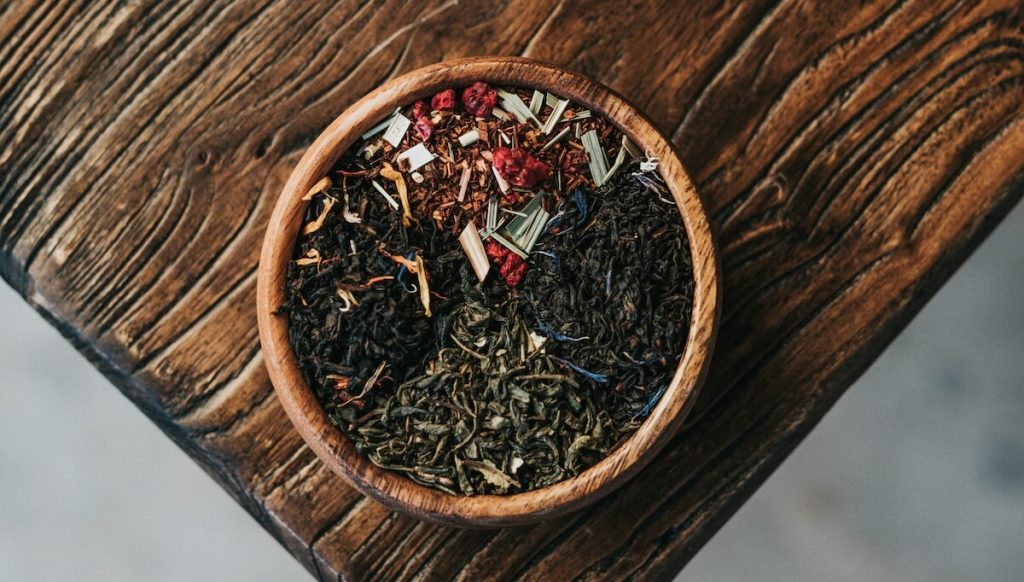
A mor yaa’s training included several crucial elements:
– Learning to identify medicinal plants in different growth stages
– Understanding the optimal harvest times for various herbs
– Mastering precise preparation techniques
– Memorizing hundreds of traditional formulas
– Studying the body’s energy systems according to Thai medical theory
The use of ganja in traditional medicine was particularly complex. Mor yaa needed to understand not just the plant itself, but how it interacted with other herbs, the best times for harvesting, and how different preparation methods affected its properties. They learned to recognize various strains of ganja and their specific medicinal properties, knowledge that was gained through generations of careful observation and documentation.
Traditional Ganja Preparations
The preparation of medicinal ganja was a precise art in traditional Thai medicine. Different parts of the plant were used for different purposes, and each preparation method was carefully chosen to enhance specific healing properties. The mor yaa understood that the medicinal effects of ganja could vary greatly depending on how it was prepared and combined with other herbs.
Yaa Amrit: The Divine Medicine
Among all traditional Thai medicines containing ganja, yaa amrit was considered the most powerful and prestigious. The preparation involved combining ganja with up to 40 different herbs, each chosen for its specific properties. Key ingredients often included:
– “Kun” (ขุน), a group of warming herbs
– “Wan” (ว่าน), various medicinal roots
– “Prik” (พริก), different types of pepper
– “Nam Phung” (น้ำผึ้ง), pure honey as a binding agent
The process of making yaa amrit was complex and time-consuming. Herbs were carefully dried, ground to specific consistencies, and combined in exact proportions. The mixture would then undergo a lengthy preparation process that could take several days or even weeks, often involving specific prayers and ceremonies at various stages.
Common Medicinal Preparations
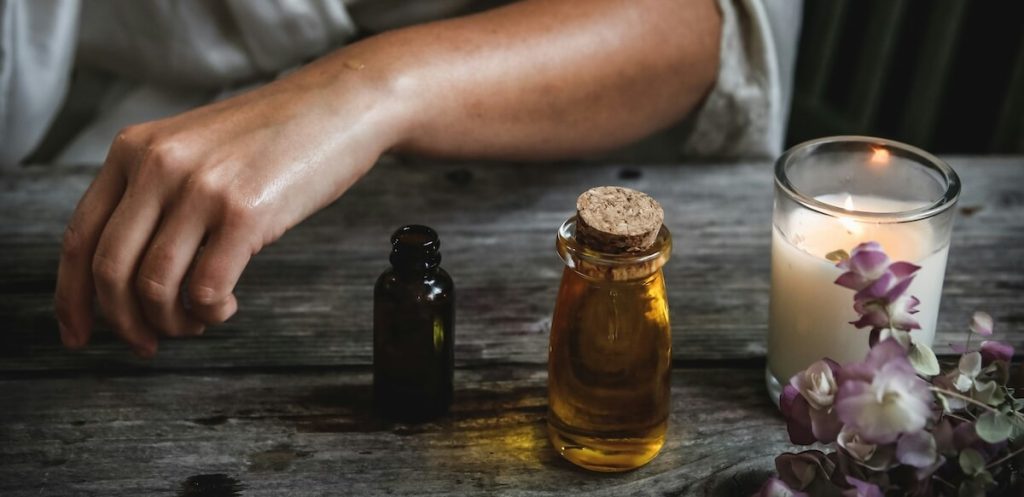
While yaa amrit was the most famous ganja-based medicine, mor yaa created many other preparations for specific ailments. These traditional formulations varied by region and healing lineage, but some common types included:
Nam Man Ganja (น้ำมันกัญชา) – Cannabis Oil
This oil-based preparation was used for both internal and external treatments. Mor yaa would infuse ganja in coconut or sesame oil, often adding other medicinal herbs. The process could take up to several weeks, with the mixture being stirred daily and exposed to sunlight at specific times. The resulting oil was used for:
– Muscle and joint pain
– Skin conditions
– Digestive issues
– Sleep problems
Yaa Chud (ยาชุด) – Herbal Mixtures
These were personalized herbal combinations that included ganja along with other medicinal plants. Each yaa chud was specially formulated for individual patients based on their specific conditions and constitution. The mor yaa would carefully adjust the proportions of different herbs to create the most effective treatment for each person.
Ya Hom (ยาหอม) – Aromatic Medicines
These fragrant medicinal preparations combined ganja with aromatic herbs and spices. They were often used for:
– Dizziness and fainting
– Anxiety and stress
– Digestive problems
– Heart conditions
Diagnostic Methods and Treatment Principles
The mor yaa’s approach to using ganja medicines was deeply rooted in traditional Thai medical theory. Before prescribing any ganja-based treatment, they would conduct thorough examinations using ancient diagnostic methods passed down through generations.
Understanding the Four Elements
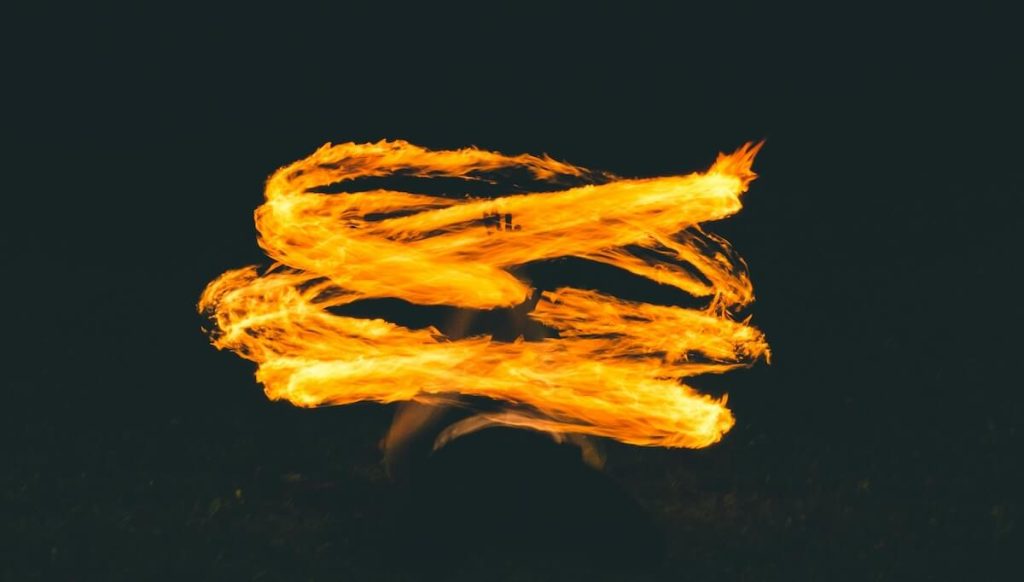
Traditional Thai medicine is based on the concept of the four elements (ธาตุทั้งสี่):
– Din (ดิน) – Earth element
– Nam (น้ำ) – Water element
– Lom (ลม) – Wind element
– Fai (ไฟ) – Fire element
The mor yaa would first determine which elements were in imbalance before selecting appropriate ganja preparations. They believed that different strains and preparations of ganja could influence these elements in specific ways. For example, some ganja preparations were considered particularly effective for wind-related ailments (lom pid), while others were better suited for fire element imbalances.
Customized Treatment Approaches
Each patient received a personalized treatment plan based on several factors:
– Their dominant element
– The nature of their illness
– The season and time of year
– Their age and overall constitution
– Their lifestyle and dietary habits
The mor yaa would adjust the type and amount of ganja in their prescriptions accordingly, often combining it with other herbs that would enhance its therapeutic effects while minimizing any unwanted side effects.
Common Ailments and Treatments
Traditional Thai healers used ganja-based medicines to treat a wide range of conditions. Their understanding of which preparations worked best for specific ailments was based on centuries of observation and documented results.
Pain Management (การบรรเทาความเจ็บปวด)
One of the most common uses of ganja in traditional Thai medicine was for pain relief. Mor yaa created different preparations depending on the type and location of pain:
– Muscle pain: Oil-based preparations for massage
– Joint pain: Warm compresses with ganja-infused oils
– Headaches: Special ya hom formulations
– Chronic pain: Complex herbal mixtures including ganja
Digestive Health (สุขภาพระบบย่อยอาหาร)
Ganja played a crucial role in treating digestive issues. The mor yaa understood that different preparations could:
– Stimulate appetite in elderly or ill patients
– Ease stomach cramps and spasms
– Reduce nausea and vomiting
– Improve digestion and absorption
Mental and Emotional Wellness (สุขภาพจิตใจ)
Traditional healers recognized ganja’s effects on mental health and created specific formulations for:
– Sleep disorders
– Anxiety and stress
– Mental fatigue
– Mood enhancement
Spiritual Aspects of Traditional Ganja Medicine
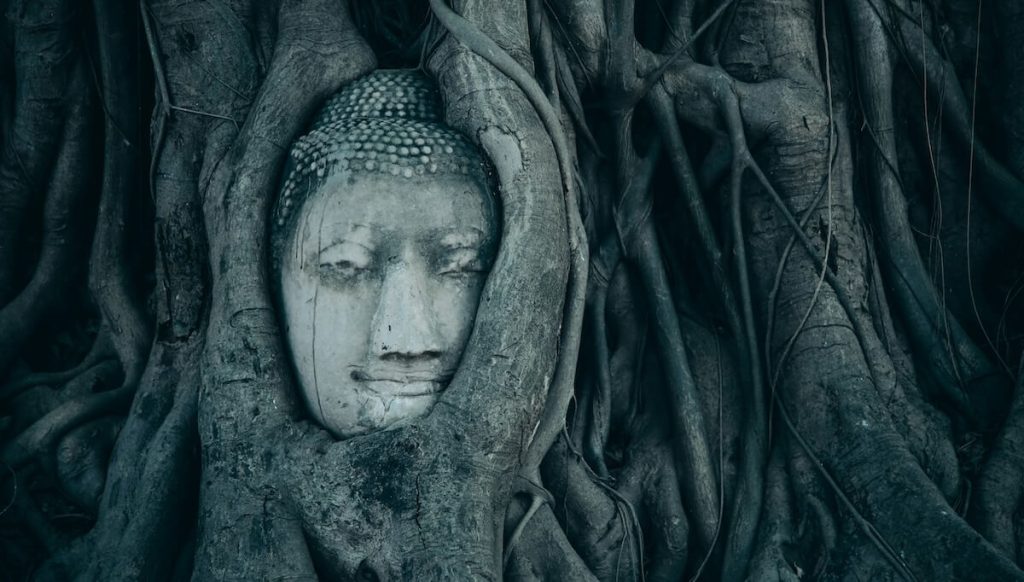
In traditional Thai medicine, the preparation and administration of ganja-based medicines had important spiritual components. Mor yaa would often perform specific rituals and recite prayers while preparing medicines, believing this enhanced their healing properties. This spiritual aspect was considered equally important as the physical preparation of the medicines.
Wai Khru Ceremony (พิธีไหว้ครู)
Before treating patients or preparing important medicines, mor yaa would perform the wai khru ceremony to honor their teachers and the spiritual lineage of their healing knowledge. This ceremony was particularly important when preparing powerful medicines like yaa amrit. The ritual included:
– Offerings to teacher spirits
– Specific prayers and mantras
– Sacred geometric arrangements
– Traditional herbal offerings
The mor yaa believed that proper respect for these spiritual aspects was crucial for the medicine’s effectiveness. They understood healing as a holistic process that involved both physical and spiritual elements, with ganja playing a unique role in bridging these two aspects of treatment.
Preservation of Ancient Knowledge
The transmission of traditional ganja medicine knowledge followed strict protocols in Thai culture. Not everyone could become a mor yaa, and the most sacred preparations were taught only to carefully chosen students. This selective transmission helped maintain the quality and integrity of the medical traditions.
Palm Leaf Manuscripts (คัมภีร์ใบลาน)
Much of the ancient knowledge about ganja medicine was recorded in palm leaf manuscripts. These precious documents contained:
– Detailed preparation methods
– Specific proportions of ingredients
– Proper harvesting times
– Ritual requirements
– Treatment protocols
Unfortunately, many of these manuscripts were lost during the period of prohibition. Some families of traditional healers managed to preserve their ancestral texts by hiding them, while others memorized the knowledge and passed it down orally. Today, surviving manuscripts are carefully studied by researchers trying to recover this ancient medical wisdom.
Training and Apprenticeship
The traditional training system for ganja medicine was rigorous and comprehensive. Students would typically:
– Live with their teacher for several years
– Learn to identify and harvest plants
– Master preparation techniques
– Study diagnostic methods
– Learn the spiritual aspects of healing
This intensive training ensured that the knowledge was properly understood and respected. Students learned not just the technical aspects of medicine preparation, but also the philosophical and spiritual foundations of traditional Thai healing.
Legacy and Modern Revival
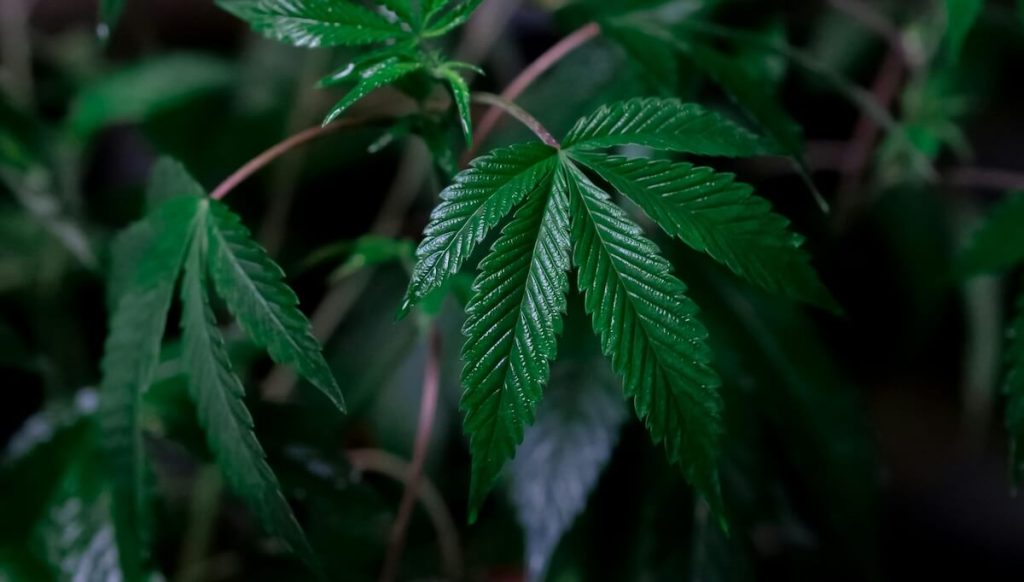
The traditional Thai understanding of ganja as medicine represents centuries of careful observation and documented experience. While much of this knowledge was nearly lost during the period of prohibition, recent legalization has sparked renewed interest in these ancient practices.
Recovery of Ancient Wisdom
Today, efforts are being made to preserve and study traditional Thai ganja medicine:
– Universities are documenting surviving traditional practices
– Elderly mor yaa are sharing their knowledge
– Ancient manuscripts are being translated and studied
– Traditional preparation methods are being validated by modern science
Some traditional preparations are being rediscovered and adapted for modern use. The famous yaa amrit, for example, is being studied by researchers who recognize that these ancient formulations might hold valuable medical insights.
Looking Forward
The legacy of traditional Thai ganja medicine offers important lessons for modern medicine. The mor yaa’s sophisticated understanding of:
– Different strains and their specific uses
– Complex herbal combinations
– Holistic treatment approaches
– Sustainable harvesting practices
These traditional insights are increasingly valuable as Thailand develops its modern medical cannabis industry. While modern medicine has advanced significantly, the careful observations and documented experiences of traditional Thai healers continue to offer valuable insights into the therapeutic use of ganja.
Understanding this rich history helps us appreciate not just where Thailand’s cannabis culture came from, but also its potential future contributions to global medical knowledge.
